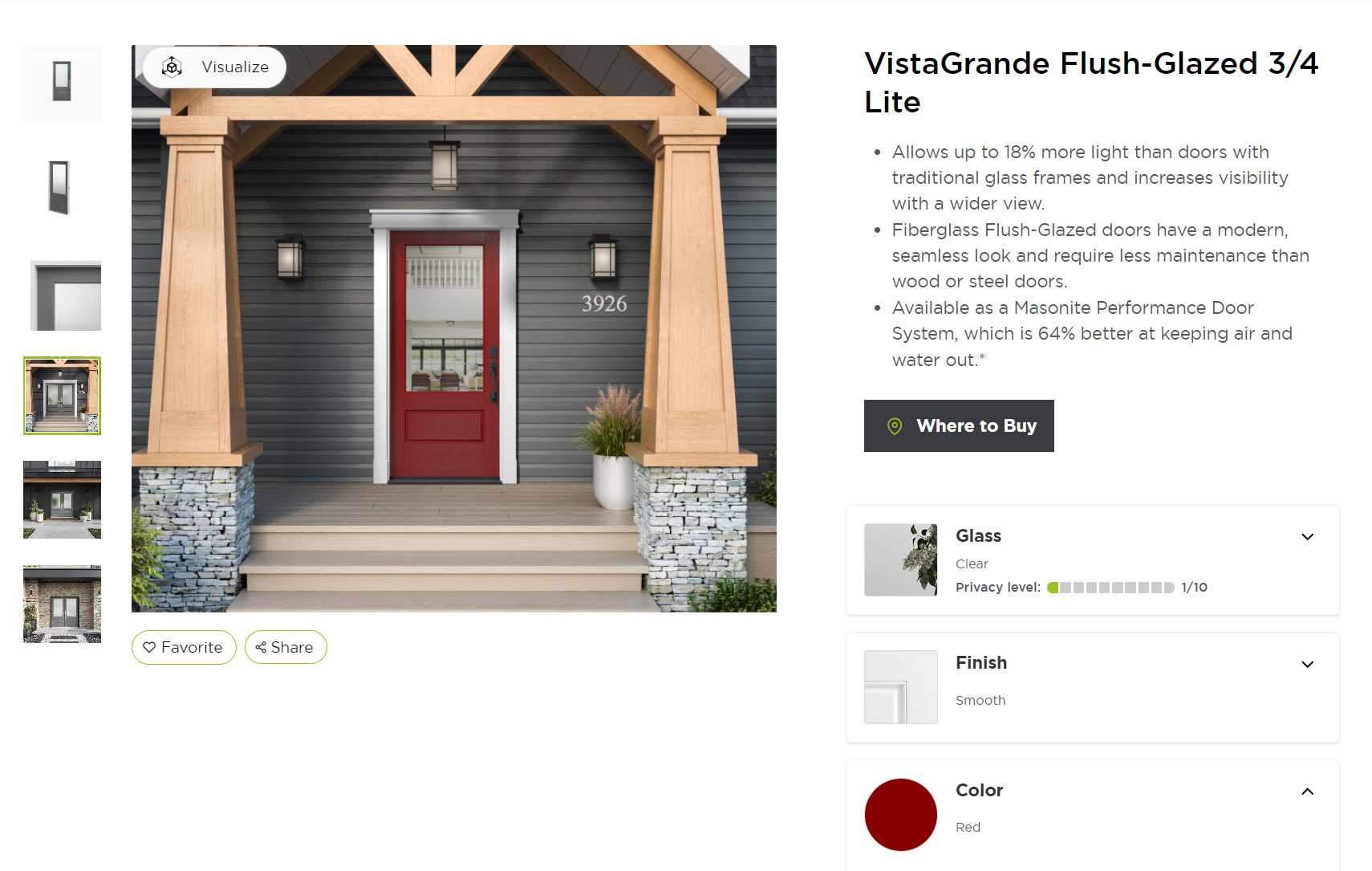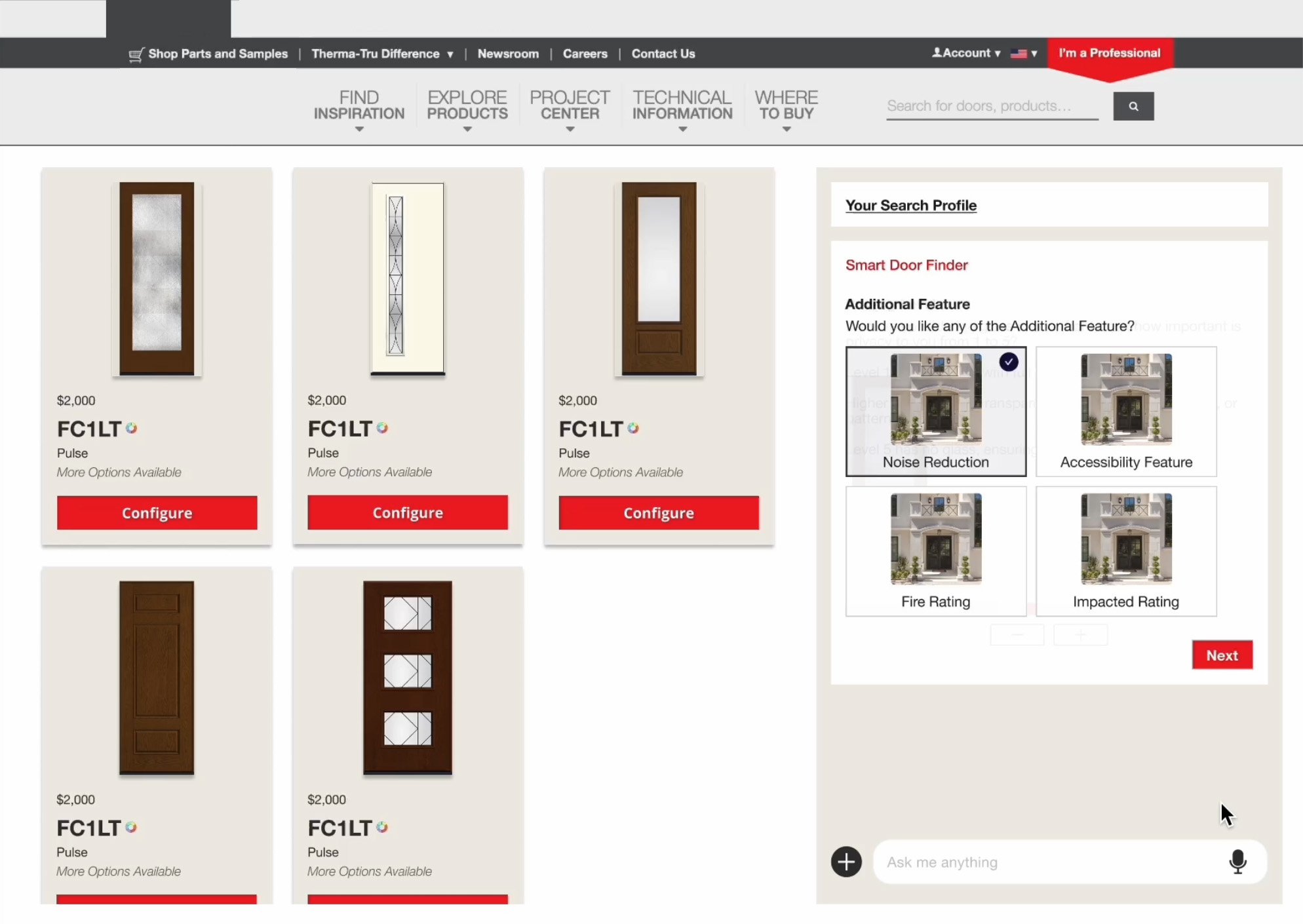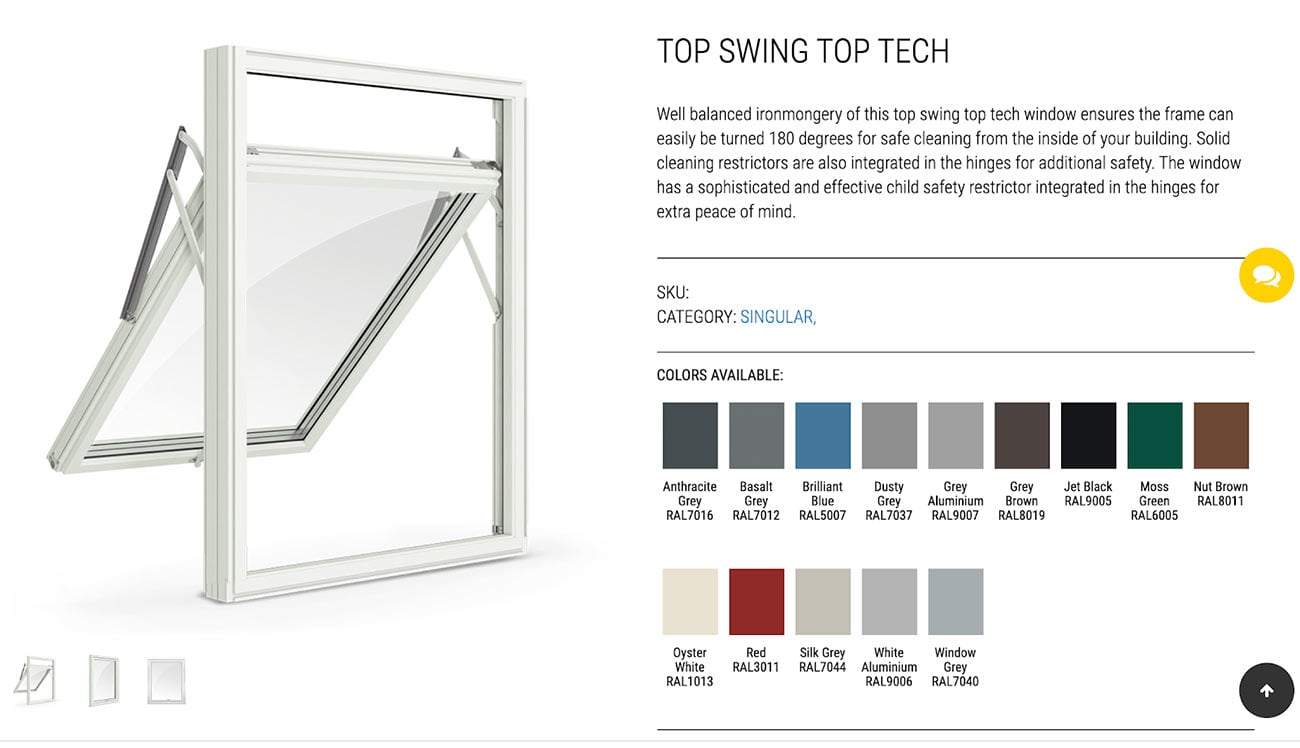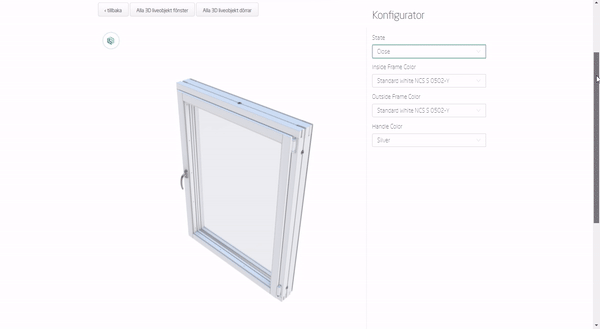Navigating Visual Commerce for Window and Door Manufacturers
In a world rapidly transitioning to digital, it may seem like a daunting task to catch up, let alone get a leg up for those in the manufacturing sector. Still, the digital advent lays a fertile ground for innovation, especially for large-scale window and door manufacturers. Efficient digital processes can translate into increased sales, enhanced brand recognition, and a rewarding online presence.
Key Takeaways
- An interactive customer experience, using product configuration and 3D imaging, can help secure sales.
- Seeing trends in customer-selected product configuration can spur innovation and help you maintain a competitive edge.
- An interactive visual catalog can differentiate your brand, conveying a sense of tech-savvy industry leadership.
- A robust IT department and digital backbone is needed for visual commerce, but solutions like Threekit make it easy to implement.
Visual Commerce for Windows and Doors
For window and door manufacturers, navigating this new terrain requires exploring uncharted pathways and often adopting unconventional methods. Consider this: what's the prime factor that truly captures the essence of standing out digitally?
The key lies in creating an online experience that is not just visually appealing, but highly interactive. Just as in a physical showroom, the buying journey becomes more satisfying for end-users when they're given the ability to visualize and interact with product options before making a decision.

Advanced product configuration can transform the purchasing journey by dynamically incorporating pricing variations as the customer makes changes to their chosen product. As prices fluctuate based on a customer's selections, companies get the added advantage of operational efficiency.
But how can manufacturers bridge the gap between offline expert assistance and the increasingly independent digital customer?
Simplifying the Digital Shopping Experience
Visualize your manufacturing firm as a metropolitan city engrossed in peak traffic. Now ask, why do traffic control measures work effectively in such settings? The answer lies in their ability to break complex street systems into a simple map that can be followed by all, guiding them to their destination smoothly and effectively.
In the same way, to achieve an efficient and interactive customer journey, manufacturing companies need to simplify and organize their complex product catalogs into a structured and user-friendly digital experience. An interactive digital catalog enables guided selling, the way a map enables guided navigation.
But sorting vast product catalogs isn’t the only concern; there’s a growing need to keep up with trends and provide state-of-the-art solutions.
Visual configuration, for instance, has been making waves in the realm of visual marketing, and your brand shouldn’t be left behind. By incorporating 3D into your online interface, you enable users to create the product they want in real time and ensure informed purchasing decisions- a move that’s likely to boost your sales and customer satisfaction levels.

And did you know there's second value in streamlining this process?
Offering a well-organized, interactive digital experience not only enhances the buyer's journey but also gives your company the much-desired brand differentiation. It provides you with a competitive edge, distinguishes you as forward-thinking, and positions you as a leader in embracing and utilizing advanced technology.
Implementing these strategies requires an underlying rock-solid IT infrastructure, one that can securely handle large volumes of digital traffic and support various processes seamlessly. A robust IT infrastructure becomes the backbone of any forward-thinking manufacturing brand in today's digital landscape.
Luckily, Threekit's headless solution integrates seamlessly with your existing CRM software and digital footprint, so the transition from static catalog to interactive, visually stunning product curation is smooth and easy.

Conclusion
Setting up an interactive digital showroom can provide immense satisfaction and lucrative returns. It combines innovations from different spheres, bringing together creativity in design, advancements in technology and expert knowledge in the manufacturing sector.
The result? A digital shopping experience like no other. Contact Threekit today to see this innovation in action.


